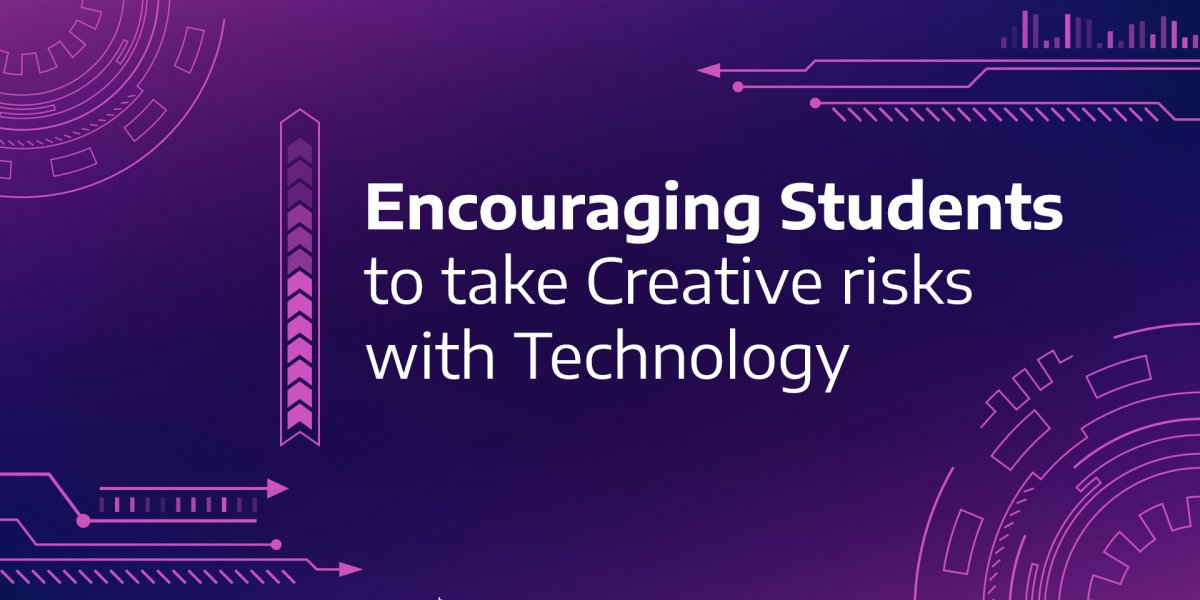Students that are a part of STEM education love innovation and creativity. They like to do things differently by modifying and redesigning things they are given. For example, give STEM learning students a toy car or a train that runs on a track at a constant speed. You will see that kids who are into STEM education will use their creative minds to redesign and revamp toys to come up with something unique.
Hacking and Hackathon event
- An effective way to encourage innovation and creativity in STEM learning is to create confidence in students using their own innate capabilities.
- Hardware hacking is the process in which learners who know about existing technologies deconstruct, repurpose, redesign, enhance, and recreate a toy or a game, or in fact any object given to them that has machinery.
- Hackathon events are mostly conducted in schools that encourage STEM education.
- A hackathon event hosted by a school provides young minds the opportunity to take risk and encourage innovation.
- A hackathon happens in schools, colleges, and higher education institutions.
- In the hackathon event, students work together in teams, and implement their coding skills to create a working prototype of something.
- Hackathon events are different from the traditional practical based learning approach.
- In case of Hackathon, students have limited time in their hands to complete the task, i.e., a couple or hours or sometimes the entire day.
- The schedule of a hackathon event is quite compact with limited time. Hence, students need to apply the STEM education concepts and coding skills that they have learned immediately.
- The main objective of the hackathon event is to create a fully functional hardware prototype that is capable of handling the given challenge.
- Participating in a hackathon event is great for the learners since they get to innovate and have fun while working on the STEM learning project.
- When learners have a creative mindset, it has a positive impact on STEM education.
- Even teachers without a technical STEM background can help children actively participate in the hackathon event.
- Apart from coding skills, students need presentation skills as well to be successful in a hackathon event.
What is risk taking in a classroom?
- Risk taking in a classroom involves trying different methods or doing something new that may appear to be uncomfortable, but helps to achieve the ultimate goal.
- For risk taking to be successful, educators need to let students follow a different path and learn from their mistakes.
- Many traditional classrooms discourage learners from taking risks in class.
- However, STEM education encourages students to take risks in the classroom.
- In today’s highly competitive world, students need to learn the skills of risk taking, not just for them to be successful in academics, but also to be ahead in life in their career.
Benefits of risk-taking
Risk-taking provides dual benefits, both to the learners and educators as well.
Benefits for students
- When risk-taking results in positive outcomes, it boosts the self-confidence of students.
- Even if the risk-taking attempt fails, a supportive environment in the class makes students stronger with the capability to handle failures.
- Through risk-taking, students can learn to acquire new skills in STEM education.
- By trying something different, students enjoy performing certain tasks, while they don’t like doing certain others.
- Through the power of innovation and creativity, a new passion may emerge for a student which he/she may really be interested in.
- Students learn from failures, accept it, and become stronger.
- Students interact with everyone in class and make new friends.
Benefits for educators
- With students, the educators are involved in taking risks as well.
- Ignite the spark and passion in them to follow new creative methods of teaching.
- Increases their self-confidence.
- Focus on personalized learning and attention for each student.
- Create a positive, fun, and interactive environment in the classroom.
How can teachers encourage innovation and creativity in the classroom?
Here are the different ways in which teachers can encourage innovation and creativity in the classroom.
- Promoting active learning and participation of students in the STEM learning classroom where they need to think, and actively participate in the discussions.
- Getting students out of their comfort zone, and creating opportunities for them to interact with others, solve problems, answer questions, etc.
- In order to encourage innovation and creativity, it is important to create a classroom environment where students get to know each other, participate in group discussions, debates, interactions, etc.
- Playing games and performing hands-on activities in STEM education would also help to boost collaboration and sharing of ideas between students.
- Encourage peer-based learning so that a student first shares his-her idea with one peer in the class rather than the whole class. After receiving the feedback and validation of their idea, the student would develop confidence in presenting the idea to the entire class.
- Teachers can also give freedom to the students to take down notes in their own unique way. Some may create flow charts, while others may draw sketches depending on what will be best for them.
It is essential for students in STEM education to foster creativity and innovation to develop positive learning experiences. The world and the industry demand the need of more creators and innovators moving ahead in the future.

